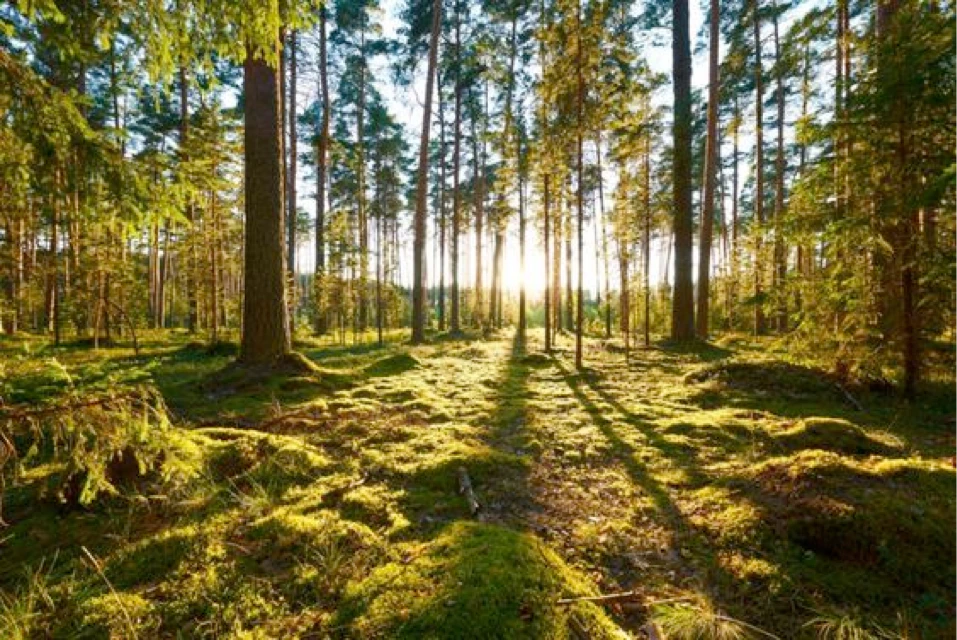Measuring, Reporting, and Verification of Forest Restoration
2.5 Remote Sensing

An integrated remote‐sensing framework combines airborne and terrestrial LiDAR with high‑resolution UAV multispectral and satellite imagery (Sentinel‑2, Landsat‑8) to produce scalable, repeatable measurements of forest structure, composition, and change. By stratifying plot selection across restoration treatments and applying rigorous preprocessing (point‐cloud filtering, radiometric correction, co‐registration), this approach yields accurate canopy height, structural diversity and vegetation‐health metrics to benchmark and monitor landscape‐scale restoration trajectories.
2.5.1 Rationale
Traditional field surveys are essential for ground-truthing, but are constrained by cost, time, and physical access, and they often yield limited spatial representation. To meet the spatial or temporal demands of large-scale forest landscape restoration (Chazdon et al., 2016), it is important to take advantage of remote sensing approaches capable of producing repeatable, high-resolution measurements of forest structure, composition, and change across vast and inaccessible areas (Valbuena et al., 2020). Among the most powerful tools in this domain is LiDAR (Light Detection and Ranging), which enables detailed three-dimensional characterisation of forest canopy and sub-canopy structure (Valbuena et al., 2017). LiDAR-derived metrics such as canopy height, gap fraction, and foliage height diversity are reliable proxies for key ecological properties like aboveground biomass, successional stage, and habitat suitability. In addition, LiDAR enables the quantification of structural diversity and heterogeneity — properties that are difficult to measure manually but are essential for biodiversity conservation, microclimatic buffering, and ecological resilience (Valbuena et al., 2012). For example, the Gini coefficient and Lorenz asymmetry (Bourdier et al. 2016), and L-moments derived from LiDAR height distributions can be used to describe tree size inequality, canopy layering, and light availability; factors closely tied to regeneration niches and habitat suitability for forest-dependent species (Toivonen et al. 2023). These data can now be collected from multiple platforms, including unmanned aerial vehicles (UAVs), piloted aircraft, and terrestrial laser scanners, each suited to different spatial scales and resolutions. In addition, aerial or satellite-based multispectral imagery from sensors such as Sentinel-2 and Landsat-8 complement LiDAR by capturing temporal dynamics in vegetation health, phenology, and land cover that have proven useful for monitoring vegetation vigour and assessing early recovery processes during restoration (Valbuena et al., 2025).
2.5.2 Survey methods
In the SUPERB project, we adopt an integrated remote sensing strategy combining LiDAR, multispectral, and satellite imagery to build consistent, scalable baselines and monitor forest development over time. Our approach was informed by best-practice methods outlined in the literature, and is aligned with emerging standards for ecosystem structure monitoring (Wang et al. 2024). Each data source was selected for its suitability at a particular spatial scale, resolution, or ecological focus, consistent with recommendations in Valbuena et al. (2020).
Platform Deployment.
- Aerial LiDAR surveys were conducted using UAVs equipped with lightweight LiDAR sensors to acquire high-density 3D point cloud data over selected restoration plots. Flight planning ensured adequate overlap and point density (>10 pts/m²) for reliable canopy and terrain modelling
- Terrestrial laser scanning (TLS) was implemented at selected plots using static or handheld LiDAR systems to capture detailed understorey and sub-canopy structure. These high-resolution point clouds (up to 50,000 pts/m²) were used to validate airborne LiDAR-derived metrics and assess within-stand complexity.
- Multispectral UAV imagery was collected using drones equipped with calibrated sensors capturing visible, red-edge, and near-infrared bands. Flights were conducted under standardised lighting and phenological conditions to ensure comparability, and used to compute vegetation indices such as NDVI, NDRE, and EVI at spatial resolutions of ~10–20 cm.
- Satellite data from Sentinel-2 (10–20 m) and Landsat-8 (30 m) were acquired via Copernicus Open Access Hub and USGS Earth Explorer platforms. Cloud-free scenes were selected across multiple years and phenological phases to support time series analysis of vegetation recovery, land use, and forest cover change.
Plot selection for UAV and TLS campaigns was stratified across restoration types (e.g., passive vs. active), stand ages, and management treatments. Satellite analyses were conducted over entire demonstration areas using harmonised plot buffers and landscape units. Data collection was constrained to late spring–summer periods to minimise seasonal variability and maximise canopy visibility.
2.5.3 Data collection to data reporting
When processing different kinds of LiDAR data alongside multispectral and satellite imagery to assess forest canopy height and structure, users must carefully consider several key factors that directly influence the accuracy of derived metrics. The type of LiDAR system; airborne, terrestrial, or mobile, determines the point density and vertical precision, which are critical for accurately modelling canopy height, layering, and vertical complexity. High point density and multiple returns from airborne LiDAR, for instance, allow for detailed characterization of canopy top, mid-story, and ground elevation, enabling precise calculations of canopy height models and foliage profiles (Roussel et al. 2020). Temporal alignment between LiDAR and optical imagery is essential, as phenological changes can affect canopy reflectance and structural interpretation. Multispectral and satellite imagery contribute valuable spectral information on vegetation health, species differentiation, and leaf area index, which complement the structural insights from LiDAR. However, these datasets must be geometrically aligned and radiometrically corrected to ensure reliable fusion. Coordinate systems, data resolution, and sensor calibration all affect the integration process and the spatial accuracy of forest metrics. The choice of preprocessing techniques, such as ground point filtering and canopy surface interpolation, also significantly impacts structural modelling. Ultimately, a coherent processing workflow is necessary to translate raw data into accurate, actionable canopy height and structure metrics (Loke and Chisholm, 2022).

